Is cornstarch gluten-free? If you're avoiding gluten, do you need to be concerned about using cornstarch to craft your favorite recipes? Let's find out.
What is cornstarch?
Cornstarch is a powdery ingredient which has a variety of uses, commonly to thicken sauces or soups. It is sometimes an ingredient in gluten-free flour blends. Cornstarch is made from one specific part of the corn kernel called the endosperm, an interior layer that stores carbohydrates, protein and some nutrients.
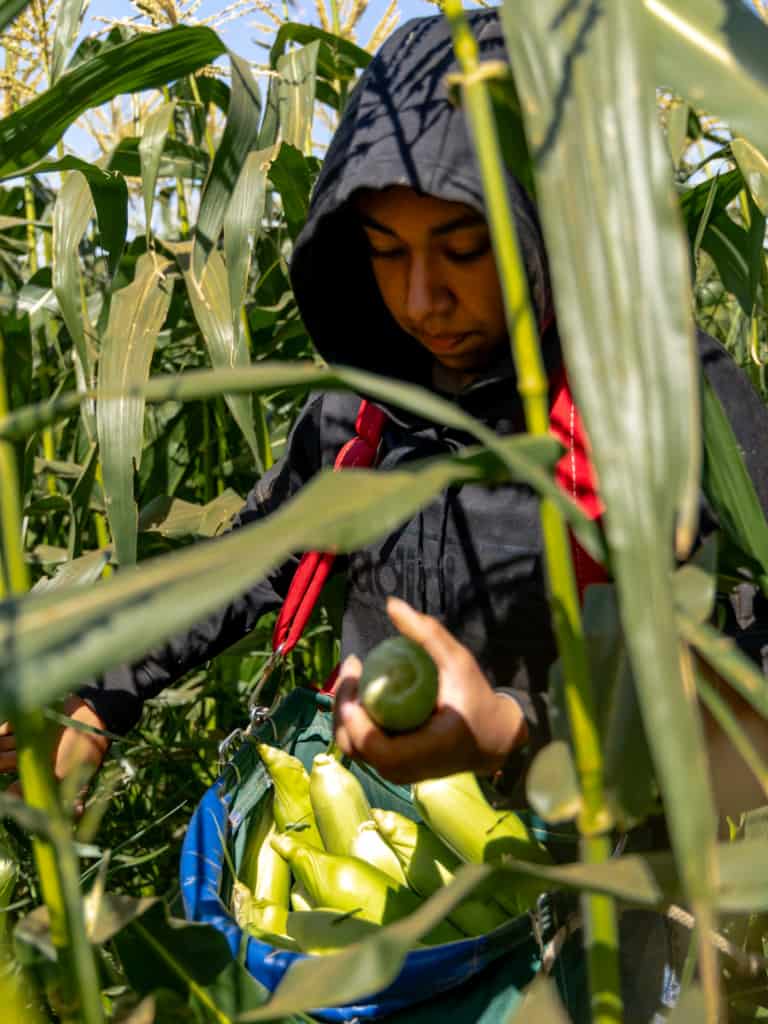
Is corn gluten-free?
Gluten is a group of proteins that occur in wheat and certain other grains like barley and rye. Fresh corn, the type used for corn on the cob, is classified as a vegetable. The corn used to make cornstarch and cornmeal is harvested when the kernels have dried and is considered a grain. All corn kernels, both fresh and dried, are entirely gluten-free (but not grain-free).
Note: the proteins found in corn are sometimes called “corn gluten”. Don't confuse these with the type of gluten found in wheat. While most medical professionals consider corn safe to consume for Celiacs, some individuals with Celiac react to corn. As always, if this concerns you, talk to your doctor!
Cornstarch vs. cornmeal: What’s the difference?
Cornmeal is the product of grinding the whole corn kernel. Cornmeal is either fine, medium and coarse ground - but all have a somewhat gritty texture. Chefs and home cooks use cornmeal to coat pizza dough, make cornbread, and to create crispy fried foods.
In contrast, cornstarch is soft, powdery, and made from only one specific part of the corn kernel. Uses of cornstarch primarily include that of a thickening agent or as binder in part of a gluten-free flour blend.
How is cornstarch made?
To make cornstarch, the first step is removing the outer husk and layers from the individual corn kernels. This leaves the remaining part of the kernel, which is ground and packaged.
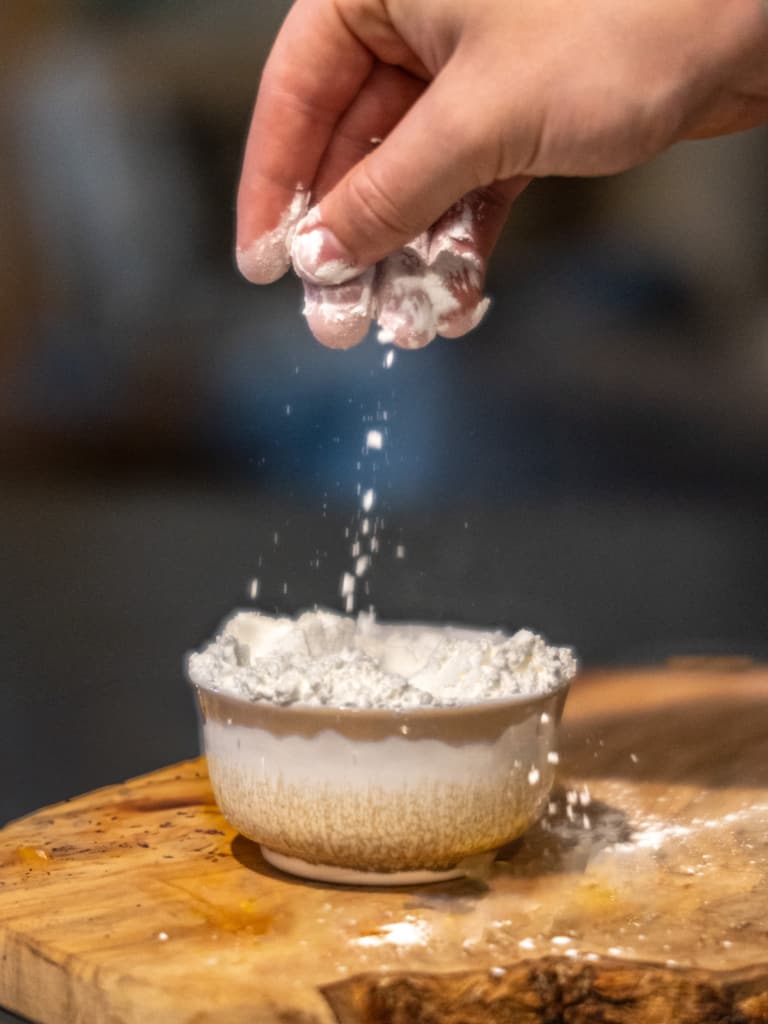
Is cornstarch considered a whole food or processed?
Cornstarch is a highly processed food - meaning most of the corn’s nutrients are stripped during the processes required to create the product.
Is cornstarch healthy?
Because it is a highly processed food, cornstarch has very little nutritional value.
What is modified cornstarch?
Modified starches, including cornstarch, have been altered to create desired changes in the original starch. These can include an extended shelf life, reactivity to temperature, and improved performance as a thickening agent. You’ll often find modified cornstarch in prepackaged “instant” items (think puddings or gravies).
Is cornstarch gluten-free?
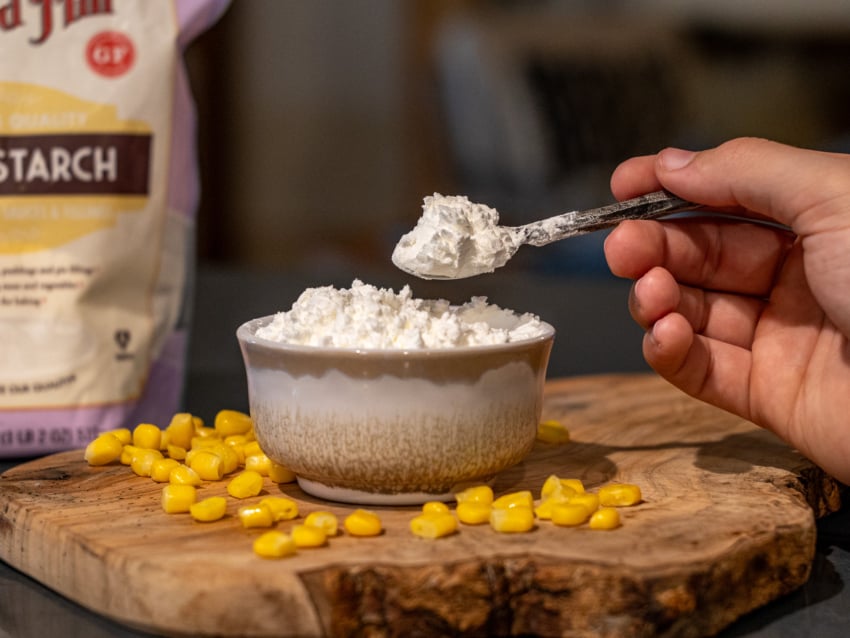
Cornstarch should be made entirely of corn. Since corn is gluten-free, cornstarch is also gluten-free, right? Not necessarily! There is risk of cross-contamination during processing and packaging unless production of your cornstarch takes place in a dedicated gluten-free facility.
If a processing facility uses the same equipment to package both cornstarch and all-purpose flour, it’s easy to imagine how cross-contamination could occur.
How to tell if cornstarch is gluten-free?
There are several ways to determine if your cornstarch is truly gluten-free.
Look for Gluten Free Certifications
Some products are labeled “certified gluten-free”. However, gluten-free consumers should be aware that no standard methodologies are in place to certify a gluten-free product in the US. This certification process uses independent organizations relying on different tests and standards. However, if a product is labeled certified gluten-free, a third party has tested the product and confirmed that gluten levels are at or below 20 ppm. If you are diagnosed with Celiac Disease or are particularly sensitive, it’s a good idea to choose certified gluten-free products.
Check for the words “gluten-free” on the packaging
In the US, there’s no designated symbol or logo for gluten-free foods, but you will find the words “gluten-free” on the packaging. Any manufacturer who can ensure that their products contain less than 20ppm of gluten may state that their product is gluten-free.
Scan the ingredients
If you don’t see a certification or the words “gluten-free” on the packaging, you’ll need to look at the ingredients list. Corn or cornstarch should be the only ingredients listed. However, this doesn’t guarantee that the product wasn’t manufactured in a shared facility. If you are a Celiac or are highly sensitive to gluten, you’ll want to check with the manufacturer or simply avoid these products entirely.
Gluten-free recipes that call for cornstarch
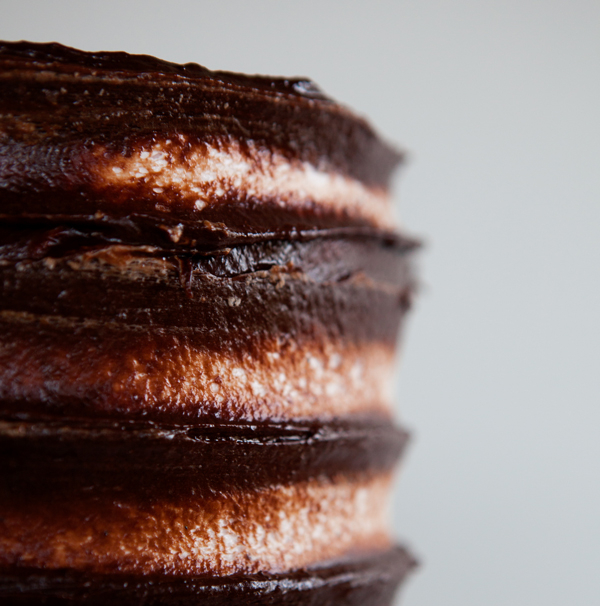
Chocolate Cranberry Cake
Feast your eyes on this stunning Chocolate Cranberry Cake! Our friend, Stella from Bravetart, uses cornstarch in the gluten-free flour blend to craft this cake.
Luscious Lemon Tart
A Girl Defloured uses cornstarch, tapioca, sweet rice flour and millet flour to create a crisp, buttery tart shell for her Luscious Lemon Tart.
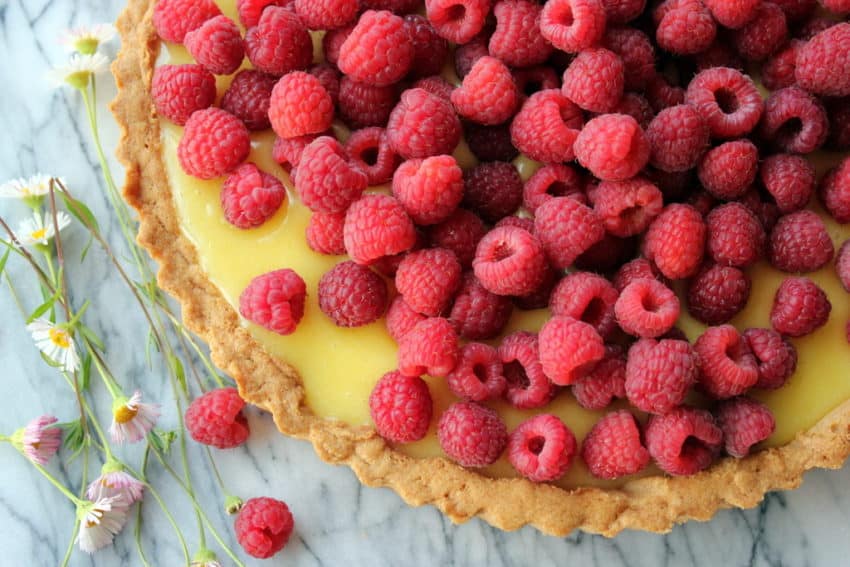
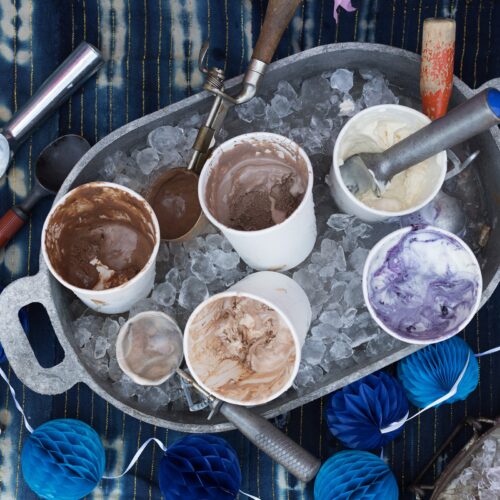
Chocolate Coffee Ice Cream
It is cornstarch that both thickens and adds a silky texture to this Chocolate Coffee Ice Cream from Salt and Wind.
Vanilla Madeleine Pudding Pops
What’s the secret to perfect homemade pudding? Cornstarch! You’ll adore these easy Vanilla Madeleine Pudding Pops from This Mess is Ours.
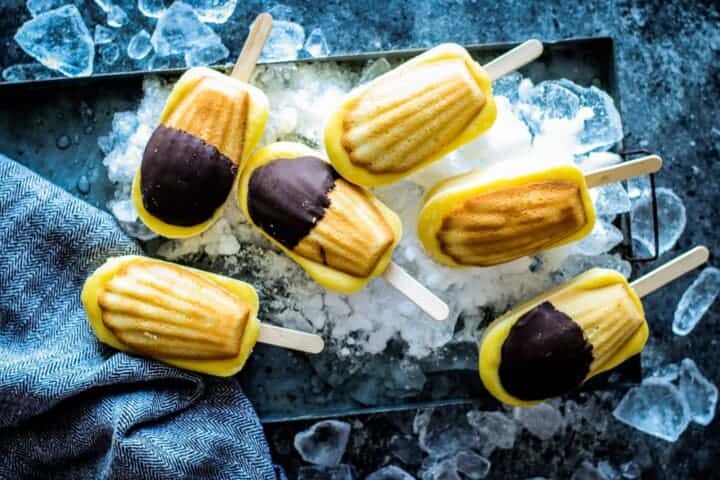
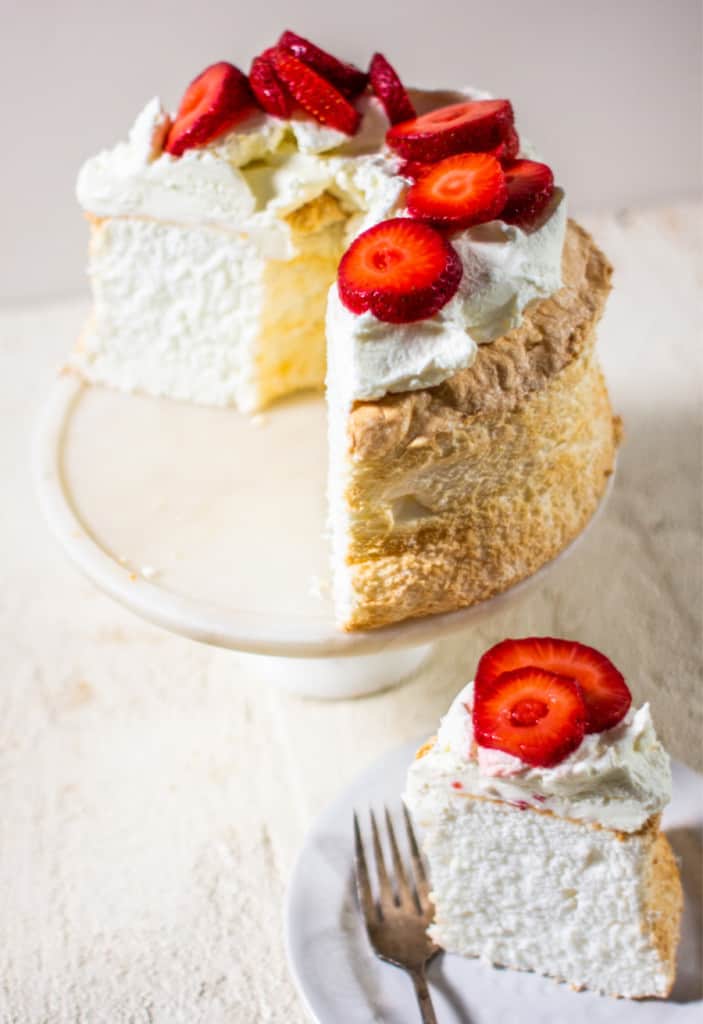
Angel Food Cake
Cornstarch is part of a lighter-than-air flour blend that makes our Angel Food Cake absolute perfection.
Individual Berry Tarts
Wondering how to create beautifully jammy berry filling? We used a bit of cornstarch to thicken the berry filling in these Individual Berry Tarts.
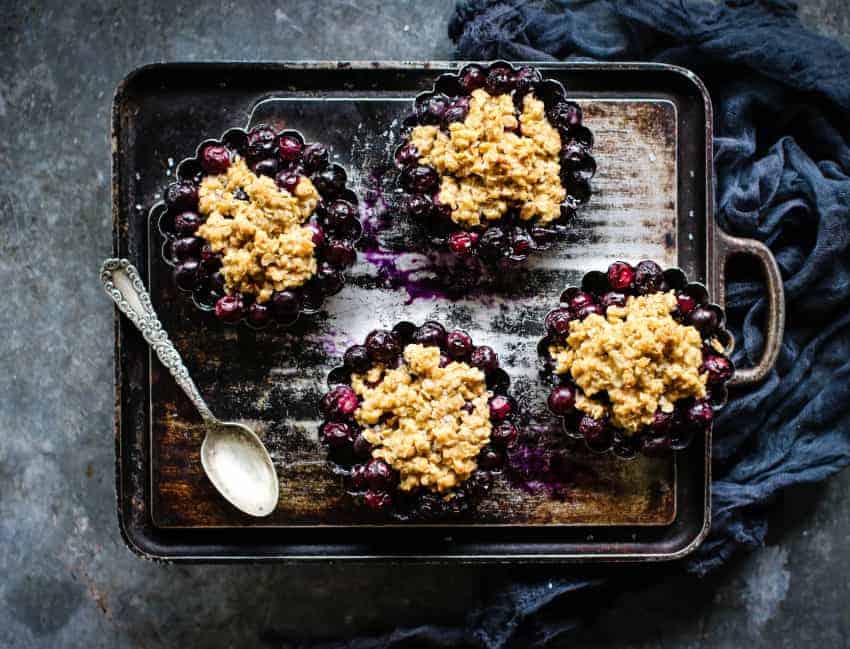


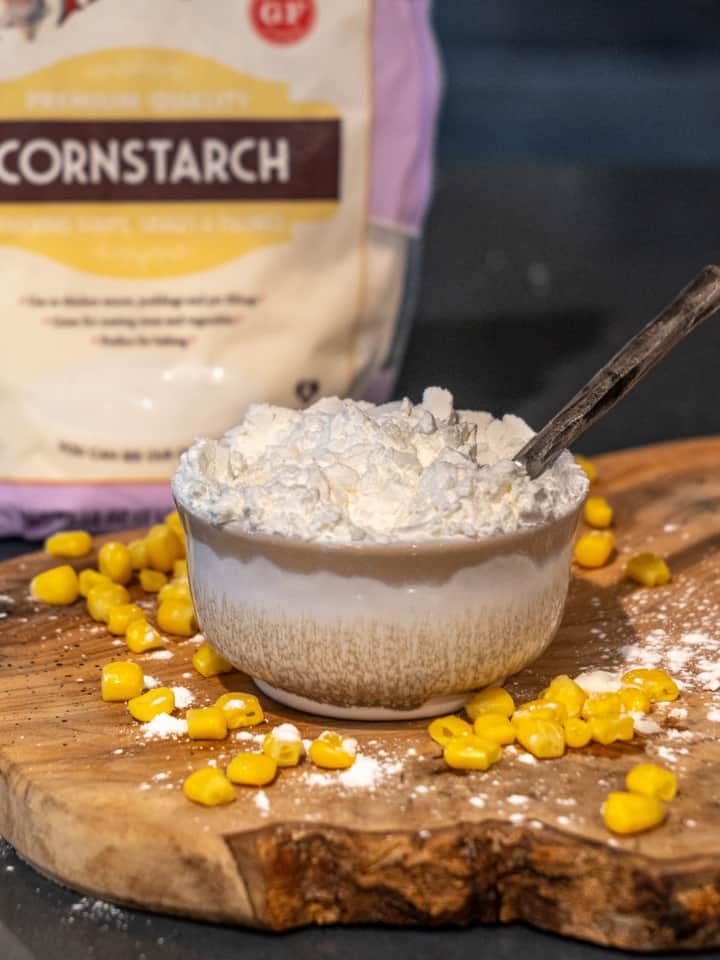
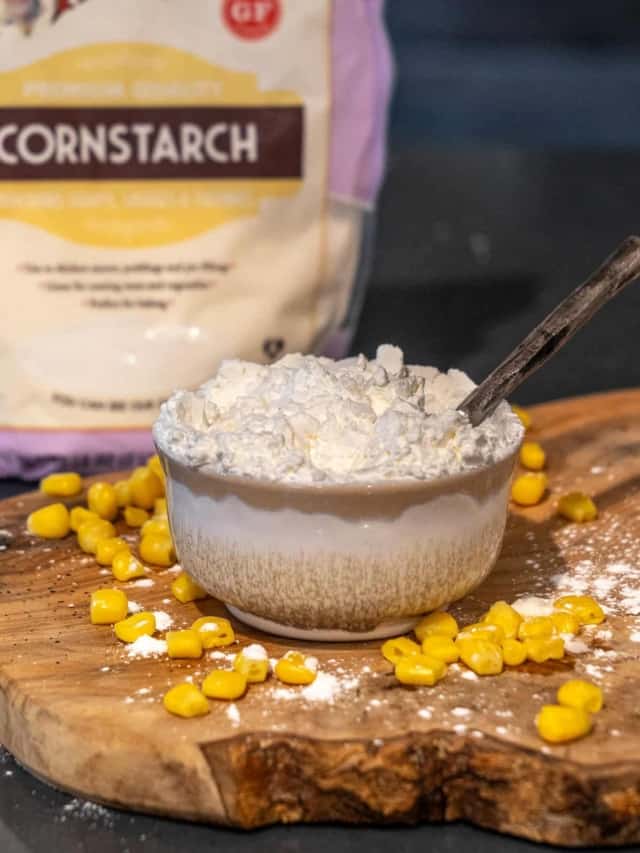
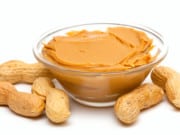
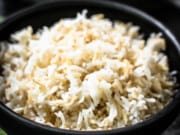
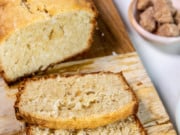
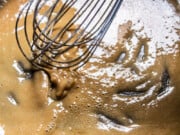

Let Us Know What You Think